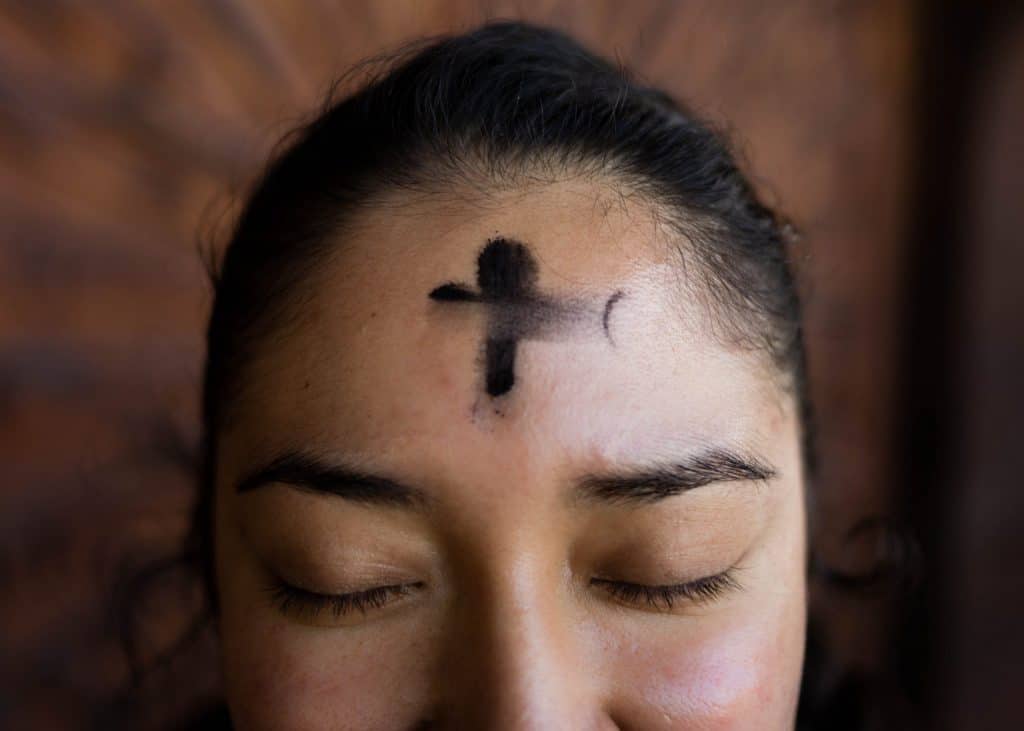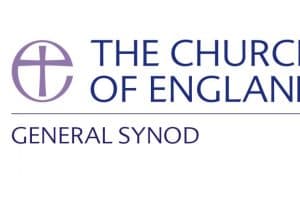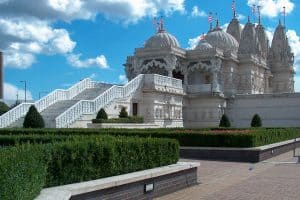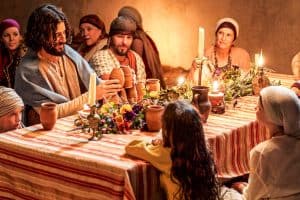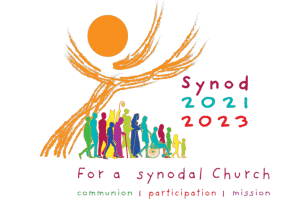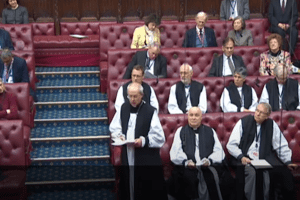Easter is the central event in the Christian calendar, which marks the death and resurrection of Jesus. Lent is the 40-day season that builds up to Easter
What is Lent?
Lent (similar to Advent, the time of preparation before Christmas) is a period of reflection for Christians in the run-up to Easter, the most important Christian festival. Lent reflects the 40 days that Jesus spent fasting in the desert, or wilderness, before starting his public ministry and during which he was tempted by Satan.
Traditionally, Christians have given up things for Lent, eaten more frugally or fasted following Jesus’s example in the wilderness. More recently, some have committed to taking up something for Lent, such as new studies, doing things differently, sharing Lent lunches or giving to charity.
When does Lent start?
Lent begins on the Wednesday — known as Ash Wednesday — in February or March which is 40 days (excluding Sundays) before Easter Day, which is always a Sunday in March or April. The date each year is computed backwards from the date of Easter, which is calculated as the first Sunday after the first full moon occurring on or after the northern hemisphere spring equinox.
What is Shrove Tuesday?
Shrove Tuesday is the last day before the penitential period of Lent begins and is traditionally used to finish off anything in the cupboard you are giving up for Lent. Hence, Pancake Day using up the fat, flour, eggs, milk and sugar, with a little lemon juice or maybe maple syrup. Mardi Gras, the French name for Shrove Tuesday meaning Fat Tuesday, extends the tradition of a final night of eating rich, fatty foods into the celebration of carnival commonly associated with New Orleans.
What is Ash Wednesday?
Ash Wednesday is the first day of Lent, when ashes made from burning palm crosses left over from the previous year are blessed and used to mark crosses on people’s foreheads in a custom dating back to the Middle Ages.
Ash Wednesday services set the tone for Lent, with sombre readings and hymns and a focus on penitence — saying sorry sin for and turning away from it. As they make the cross on a forehead, priests will say: “Remember that you are dust and to dust you shall return. Turn away from sin and be faithful to Christ.”
What else takes place during Lent?
Mothering Sunday
The fourth Sunday of Lent is Mothering Sunday. It is also called Laetare Sunday, Refreshment Sunday, Simnel Sunday or Rose Sunday (when clergy of some churches will swap their purple or Lenten vestments for rose-coloured ones). It is not the same as Mother’s Day, which began in the United States early in the 20th century.
Mothering Sunday was traditionally observed as a day for returning to one’s mother church: the church where you grew up or were baptised, the local parish church or the nearest cathedral, being the “mother church” of all the churches in the diocese. Later, it became a day when domestic servants were given the day off to visit their home church and see their mothers and families. Today, it is mostly a day to honour mothers.
Simnel cake
Simnel cake is a light fruit cake with lots of marzipan originally eaten on the fourth Sunday of Lent/Mothering Sunday, but today more commonly associated with Easter Sunday. It includes two layers of marzipan, one in the middle and one on the top.
On the top layer is placed a circle of marzipan eggs or globes, lightly browned under a grill. There are either 11 or 12 marzipan balls: 11 traditionally represents the Apostles without Judas, while some go for 12 being Jesus plus the 11 remaining Apostles.
Simnel cake has made a comeback recently with some help from well-known bakers.
Passion Sunday
The fifth Sunday of Lent is celebrated as Passion Sunday in many denominations, notably Anglicans, Lutherans and Methodists. It starts the two-week period known as Passiontide which runs up to the end of Easter. It is called thus because the Jesus’s death was historically known as his passion, which derives from the Latin word passio, meaning suffering or enduring.
What comes next in Lent?
The final week of Lent from the sixth Sunday through to Easter Day itself is known as Holy Week and is the climax of the Lent season. In many Christian traditions every day can be marked with services, masses, processions and other rites and events, but the main ones are Palm Sunday, Maundy Thursday, Good Friday and Easter Day.
Palm Sunday
Jesus’s entry into Jerusalem has been celebrated on the Sunday before Easter since the early days of Christianity. As recounted in all four gospels in the Bible, he entered the city triumphantly with crowds waving palm leaves and spreading them ahead of the donkey he rode on as they shouted praises in greeting. Christians mark the day with crosses made from palm leaves and public processions, often with donkeys. The palm crosses are sometimes kept for the whole year until being burnt to ash for the next year’s Ash Wednesday.
Maundy Thursday
Christians celebrate the day Jesus shared the Last Supper with his disciples before his death. Maundy Thursday services often include a priest (including the Pope and the Archbishop of Canterbury) washing the feet of the people, as Jesus washed the feet of the disciples, showing that he serves us as we serve him. Some will also share an agape meal: the word comes from the Greek for unconditional love. Maundy comes from the Latin mandare, to command, reflecting Jesus’s command to “love one another, as I have loved you”.
On Maundy Thursday, the King visits one of the Anglican cathedrals to distribute Maundy money. Maundy gifts once included clothes and food but are now specially minted coins. During the reign of Elizabeth II, one man and one woman were chosen for each year of the Queen’s reign. They received Maundy money to the value of that number of years in pence in a white leather purse. They also received coins to the value of £5.50 in a red leather purse in lieu of the food and clothing once given.
Good Friday
On Good Friday, Christians remember the crucifixion and death of Jesus. This is the most sombre day of Easter. The altar in most churches will be stripped of all ornaments and the cross covered with a sack or draped in red cloth. Christians may join a walk of witness through their area, attend a three-hour devotional service of readings, talk and hymns or work their way through the Stations of the Cross, a series of depictions of the events of Good Friday with devotions and prayers.
Easter Day
Easter Sunday sees Christians celebrating the resurrection of Jesus on the third day after his death. The altar is decorated in white or gold, the flowers return to the church after the stark days of Lent, there may be an Easter garden on view celebrating the empty tomb and the service is happy and joyful, with the feel of a party. There may even be Easter eggs, said to symbolise new life, Jesus’s resurrection from the tomb or, maybe, the rock rolled away to open the tomb. Since the 13th century at Easter, people have been decorating eggs — perhaps because they were one of the things you did not eat during Lent. Chocolate eggs may be just as important to those who give up chocolate for Lent.
Why is Easter so important for Christians?
Christians believe Jesus’s death and resurrection are the pivotal events of his life on earth, the climax of his three years of public ministry. In Christian tradition, Easter affirms that Jesus is alive in bodily form at the right hand of God the Father in heaven. His resurrection from death affirms his divinity alongside his humanity and serves as a reminder that those who follow Jesus will also rise from death into life, both spiritually (in the present) and physically (in the future).
The resurrection is an event Christians participate in spiritually as their old lives rooted in the evil age fades into the past, giving way to a new life risen with Christ. This dying and rising is vividly illustrated in the act of baptism, when either babies born to Christian parents or older people who have decided to become Christians are symbolically lowered and then raised out of water.
What does the Bible say about the resurrection?
According to the Gospels of Matthew, Mark, Luke, and John, Jesus was crucified under the authority of Pontius Pilate, the Roman prefect of Judea. Although it is not possible to come to an exact date, the crucifixion occurred c. 30 AD.
The four Gospels recount series of events in which Jesus’s tomb is found empty on the first day of the week — Sunday, in the Jewish timing — by women who went to perform burial rites on his body (Mary Magdalene is the consistent figure in all four accounts). Soon after his tomb is found empty, Jesus is recorded as having appeared to individuals and groups among his disciples before his ascension into heaven, an event narrated at the end of Luke’s Gospel and at the beginning of the book of Acts (also written by Luke).
What place has Easter in later Christian teaching and tradition?
The early church was heavily influenced by Jewish ideas of the bodily resurrection, reflected in early creeds (common statements of core Christian beliefs). The Apostles’ Creed states: “I believe in . . . the resurrection of the body, and the life everlasting.” The Nicene Creed of 325 includes the line: “On the third day he rose again in accordance with the Scriptures; he ascended into heaven and is seated at the right hand of the Father.”
Post-Enlightenment, in the 19th century, theologians began to understand the resurrection as a story with meaning, though not necessarily historical fact. Some suggested that early Christians did not actually encounter the resurrected Christ but underwent some psychological and spiritual experience.
Some suggested that what arose on Easter was not the physical body of Jesus but the Christian faith, with the presence of Jesus mediated spiritually and/or psychologically through the proclamation of the Christian message. In 1984, the Bishop of Durham, David Jenkins, famously said the resurrection “was not just a conjuring trick with bones”.
More recently, Professor N. T. Wright and others have reaffirmed orthodox claims and argued that the accounts of the empty tomb and the visionary experiences point towards the historical reality of the resurrection. Despite a wave of scepticism and criticism among some western and more liberal theologians, most Christians worldwide would continue to believe the resurrection was a bodily, historical raising of Jesus from the dead, not merely a spiritual truth.
Useful contacts
Church of England press office
Catholic Communications Network
Alec Ryrie, professor of the history of Christianity at Durham University
Candida Moss, Edward Cadbury Professor of Theology, Birmingham University
Further reading
The Resurrection of the Son of God by N. T. Wright, professor of divinity, St Andrews University
Free to Believe, by David Jenkins
The Resurrection of Jesus: A New Historiographical Approach by Michael R. Licona

